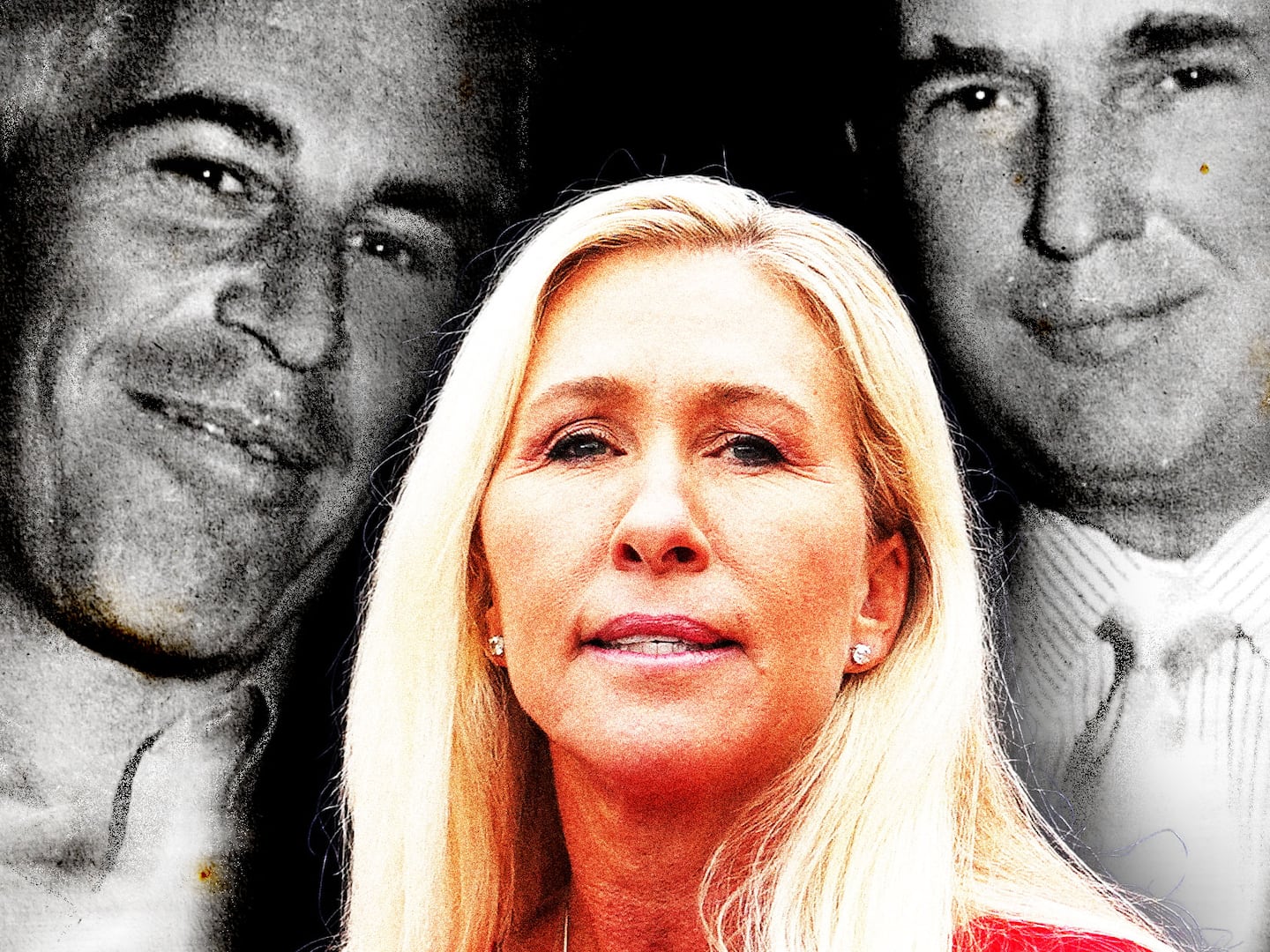The 2015 Oscars—and the resulting #OscarsSoWhite movement—were a wake up call in the struggle for diversity and inclusion in Hollywood.
But while the Academy is still grappling with how to ensure diverse representation three years later, the biggest film awards outside of the U.S., Britain’s BAFTAs, have formally brought into effect new eligibility requirements aimed at improving the diversity of its film awards.
The new diversity rules, which may provide a useful template for the Academy, mean that in order to be considered for two of the most prestigious 2019 awards—‘outstanding British film’ and ‘outstanding debut by a British writer, director or producer’—a film must fulfil a number of criteria, and give representation to minority voices in regard to disability, gender, race, age and sexual orientation.
BAFTA is also encouraging film makers to represent “people from lower socio-economic groups.”
A project does not need to represent all of the minorities, but ‘at least one group’ should be prominently and consistently represented in one of four categories, either on-screen, behind the scenes (for example with minorities working as producers or directors) or in terms of likely audience engagement.
Unless these diversity criteria are met, a film will not be eligible for either of the awards, and the rules will be slowly rolled out to more BAFTA award categories.
“I am immensely proud of BAFTA’s commitment to diversity across all its activities which support an open, accessible and inclusive industry," said Marc Samuelson, chair of BAFTA's film committee. "By embracing these standards for awards recognition we can build on the work already being done to improve representation, whilst maintaining BAFTA’s standards of excellence for British film."
For many British movies the new requirements will not be arduous to meet, as most productions already comply with the diversity policy specified by BAFTA as without it they cannot access key state funding.
The Academy in the U.S. has sought to improve diversity since 2015's whitewash by increasing the non-white, non-male mix of its members: 2017's new members were 39% women, (a 359% increase from 2015) while people of color made up 30% of the 744 new members.






